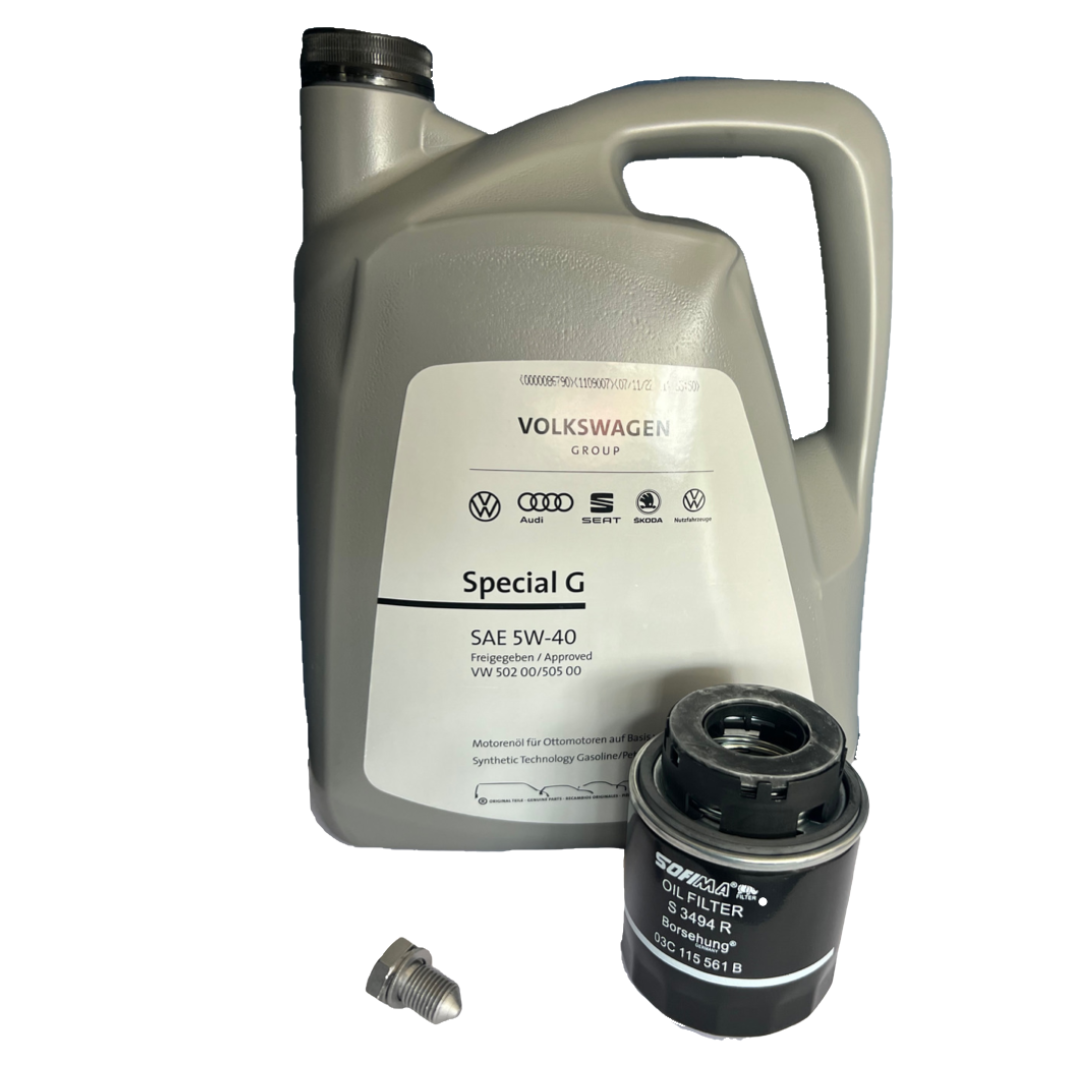Exactly How a Clp Engine Can Improve Efficiency in Numerous Industries
The arrival of CLP engines notes a significant change in operational performance throughout different markets, driven by their ability to enhance gas intake and decrease downtime. Industries such as production and logistics stand to acquire substantially from their durable style and constant power output, which assure to enhance operations and enhance efficiency. As companies significantly focus on sustainability alongside effectiveness, the function of CLP engines becomes much more important. What continues to be to be seen is how these advancements will form the future landscape of commercial operations and their impact on more comprehensive economic fads (clp engine).
Introduction of CLP Engines
CLP engines, or Continual Liquid Propellant engines, stand for a substantial advancement in propulsion innovation, specifically for area applications. These engines make use of a constant feed system that permits the sustained expulsion of propellant, leading to enhanced effectiveness and performance compared to conventional strong or hybrid propulsion systems. By maintaining a constant flow of fluid propellant, CLP engines can attain extra specific drive control, which is essential for maneuvering spacecraft in numerous mission situations.
The layout of CLP engines incorporates advanced materials and innovative fuel administration systems. clp engine. This leads to decreased weight and enhanced integrity, vital variables for long-duration area missions. Moreover, the constant operation decreases the risk of burning instability, a common challenge in traditional rocket engines.

Benefits in Production
The production of Continuous Fluid Propellant (CLP) engines provides numerous significant benefits that improve both effectiveness and cost-effectiveness. One of the main advantages is the streamlined manufacturing process, which minimizes the intricacy related to conventional propulsion systems. By using liquid propellant, makers can achieve greater accuracy in engine performance, leading to maximized power result and lowered waste.
Furthermore, CLP engines facilitate a higher level of modularity, enabling less complicated assimilation right into different production lines. This adaptability can considerably reduce lead times and boost general operational versatility. The use of CLP modern technology also tends to decrease the demand for extensive maintenance because of less relocating parts, which converts right into minimized downtime and operational expenses.

Applications in Logistics
Leveraging Continuous Liquid Propellant (CLP) engines YOURURL.com in logistics supplies considerable advantages in operational effectiveness and reliability. These engines offer a durable solution for different transportation demands, enabling the smooth activity of products across huge ranges. The integral design of CLP engines enables for constant power output, which equates into smoother and more foreseeable transport timetables.
Among the essential applications of CLP engines in logistics is in heavy-duty freight transport, where they can drive both ground and aerial vehicles. Their capacity to keep high performance under varying lots problems makes certain that shipment timelines are satisfied, thus enhancing consumer contentment. In addition, CLP engines can be integrated into automated logistics systems, helping with real-time tracking and maximizing path planning.
Moreover, the sturdiness of CLP engines minimizes maintenance downtime, permitting logistics business to maximize their functional capacities. This is specifically valuable in warehousing procedures, where effectiveness in managing and delivering products is essential. As logistics remains to evolve, the combination of CLP engines represents a forward-thinking method that not only boosts efficiency however additionally sustains the market's growing needs for integrity and rate.
Influence On Power Effectiveness
Exactly How do Continuous Fluid Propellant (CLP) engines improve energy performance in transport? CLP engines utilize a regular flow of liquid gas, enhancing burning processes and keeping a steady thrust outcome. This design lessens energy losses connected with traditional burning engines, where fuel delivery can differ and bring about ineffectiveness.
The continual operation of CLP engines permits for a much more efficient thermal cycle, leading to greater specific impulse contrasted to conventional engines. clp engine. This equates to reduced gas intake for the exact same quantity of work done, dramatically lowering operational expenses throughout numerous transportation industries, consisting of air travel and maritime sectors
In addition, the ability of CLP engines to visit site preserve optimal performance under differing tons problems reduces the requirement for constant velocity and deceleration, additionally enhancing fuel performance. Improved power efficiency not just adds to set you back savings but also results in lower greenhouse gas emissions, aligning with international sustainability objectives.
Future Trends and Innovations
Arising improvements in Constant Liquid Propellant (CLP) engine innovation guarantee to transform the landscape of transportation efficiency and sustainability. As sectors pivot towards greener options, CLP engines stand at the forefront, integrating cutting-edge products and style approaches that enhance efficiency while decreasing ecological impact.
Among one of the most appealing trends is the adoption of crossbreed systems that integrate CLP engines with sustainable energy resources. This synergy can optimize gas usage and reduce exhausts, lining up our website with worldwide sustainability goals. In addition, innovations in computational fluid characteristics (CFD) are assisting in the style of more aerodynamically effective engines, bring about minimized drag and improved gas effectiveness.
In addition, the advancement of clever tracking systems is established to improve functional efficiencies. These systems utilize data analytics and IoT innovation to optimize engine performance in real-time, making certain that the engines operate within their most reliable parameters.
As research study proceeds to explore different propellant formulations-- such as biofuels and artificial gas-- the future of CLP engines looks promising. By taking advantage of these technologies, markets can not just improve their effectiveness yet also contribute dramatically to a cleaner, more lasting future in transport.
Conclusion
In conclusion, CLP engines represent a significant development in effectiveness across several markets. The assimilation of innovative materials and less moving components decreases upkeep needs, while placement with sustainability objectives placements CLP engines as a crucial modern technology for the future.
Comments on “Improve productivity with a powerful clp engine.”